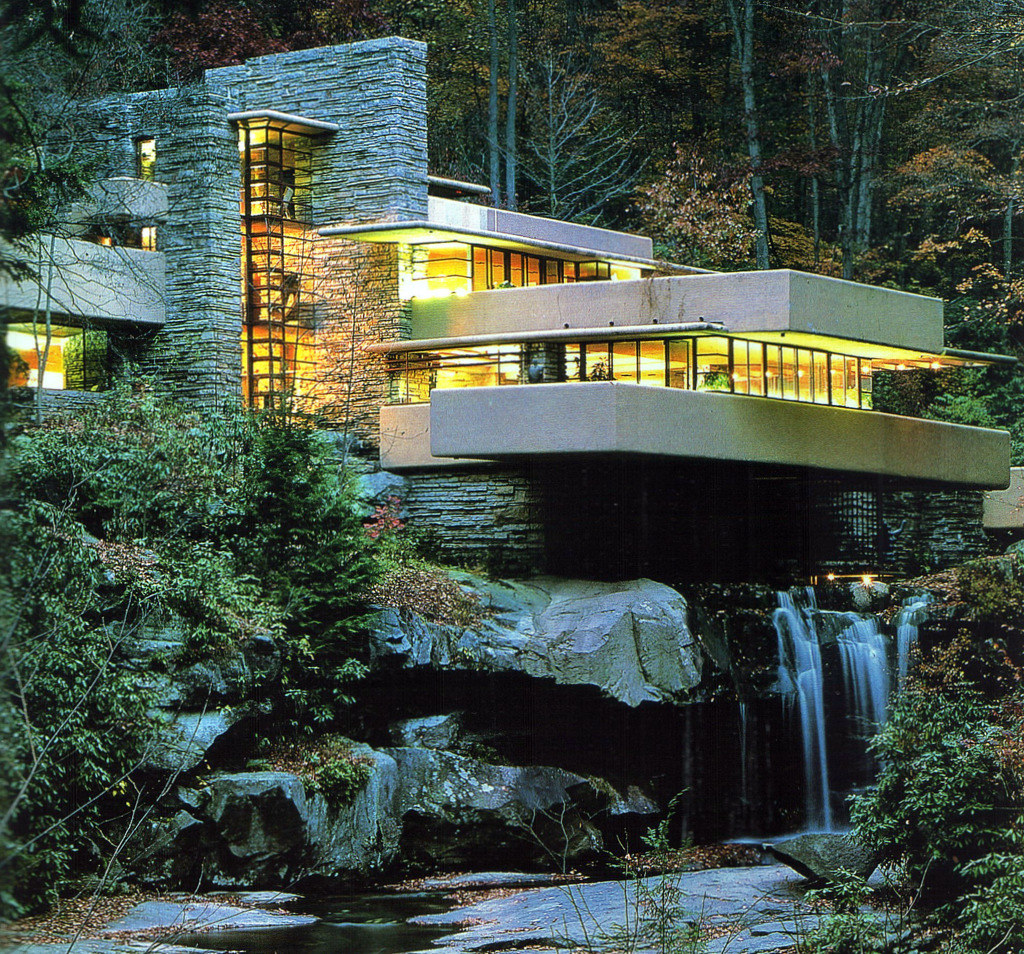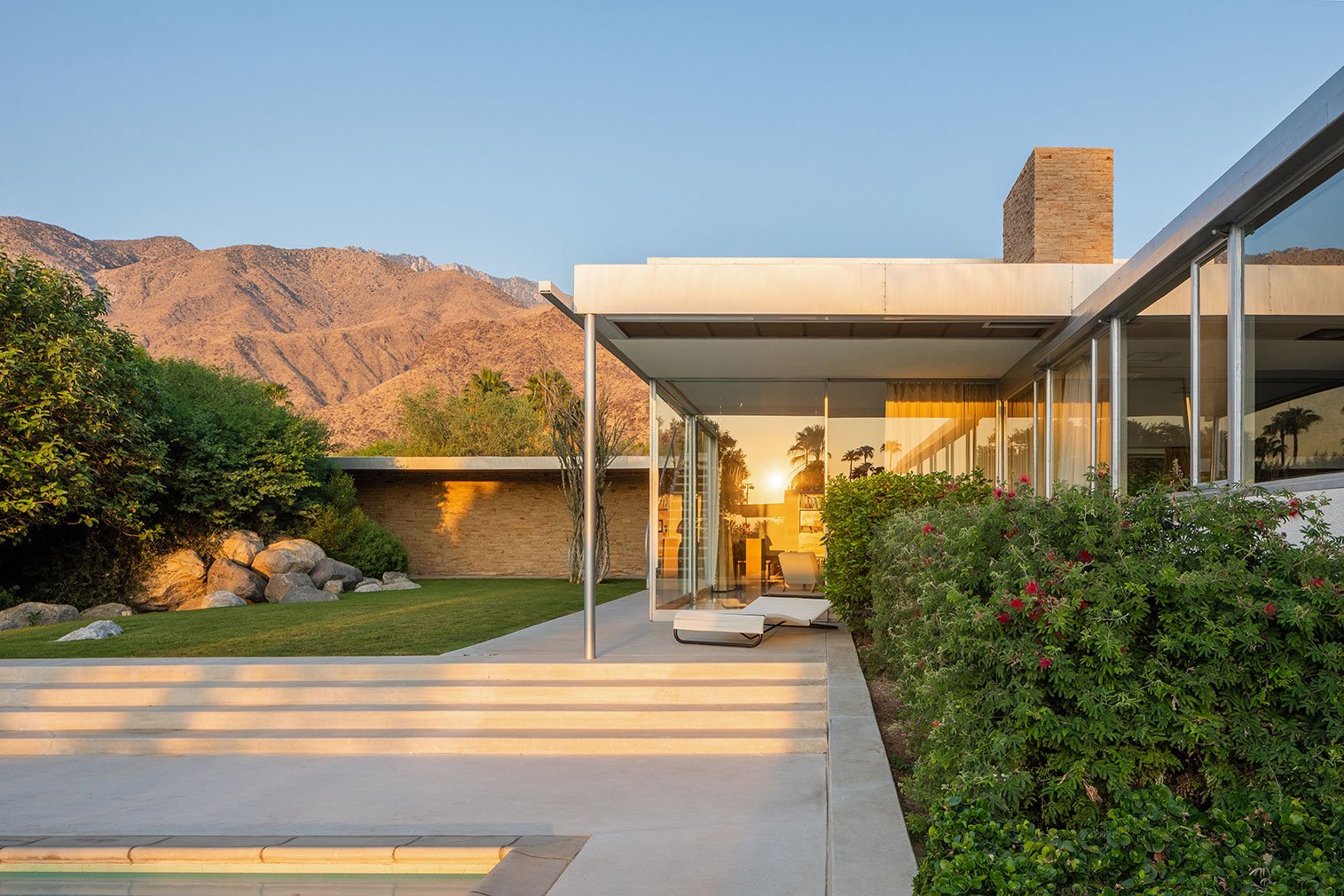Table Of Content

The house alone is unbalanced and heavy as the wings are not equally proportioned, but with the addition and placement of the swimming pool there is a cohesive balance and harmony throughout the design. One of the most important architects of the 20th Century, yet often overlooked, Richard Neutra has been on the forefront of modern residential architecture. After moving to the United States from Vienna, Austria in 1923, Neutra worked with Frank Lloyd Wright and Rudolf Schindler until 1930 when he started his own practice. The Lovell House is claimed to be the first house in the United States to use a steel structure that is typically found in skyscraper construction – Neutra learned these new techniques when he was working in New York and with Holabird & Roche in Chicago. The Lovell House was designed for the active, health conscious Lovell family in the hills of Los Angeles. The house is an early example of the International Style in the United States that evokes principles that were developed by Le Corbusier and Frank Lloyd Wright.

Chris Pratt, Katherine Schwarzenegger could’ve given Craig Ellwood teardown ‘some honor,’ architect’s daughter says
The flow from interior to exterior space is not simply a spatial condition rather it is an issue of materiality that creates the sinuous experience. The glass and steel make the house light, airy, and open, but it is the use of stone that solidifies the houses contextual relationship. The light colored, dry set stone, what Neutra calls “Utah buff,” brings out the qualities of the glass and steel, but it also blends into the earthy tones of the surrounding landscape of the stone, mountains, and trees. A stunning concoction of glass, stone and steel, the home is made up of several wings that meet at the center. The floor plan emphasizes indoor-outdoor living, as almost every room opens to a scenic outdoor space.
More From the Los Angeles Times
Throughout, there is a strong connection between the indoors and outdoors, reinforced through large swaths of glazing and shade-inducing vertical aluminum louvers that are also one of the home’s highlights. Although both have unprotected glass in the southern part of a home located in the middle of the desert seems crazy, this is because the house was to be used only one month per year, in January. The natural stone from Utah who Neutra used in the exterior and interior creates a vivid chiaroscuro effect that is difference in the smoothness in other finishes. However, the stone is carefully chiseled, both in the original house, for which Neutra trained masons who had worked in Falling Water, who had come Kaufmann, as in the restoration carried out by the new owners by mid in the 90s and lasted five years. The Harrises also bought several adjoining plots to more than double the land around the 3,200-square-foot house, restoring the desert buffer that Neutra envisioned. They rebuilt a pool house that serves as a viewing pavilion for the main house, and kept a tennis court that was built on a parcel added to the original Kaufmann property.
Publications
Nestled in the foothills of Palm Desert, California, the Annenberg Estate is a stunning example of mid-century modern architecture. Quincy Jones for media mogul Walter Annenberg, the original estate is comprised of 25,000 square foot house on 200 acres. A combined living and dining space, roughly square, lies at the center of the house. While the house favors an east-west axis, four long perpendicular wings extend in each cardinal direction from the living areas. Thoughtful placement of larger rooms at the end of each wing helps define adjacent outdoor rooms, with circulation occurring both indoors and out. The Kaufmann House distills space in the silver-plated horizontal planes that rest atop transparent glass panes.
More About Richard Neutra
In Palm Springs, Neutra's famed Kaufmann Desert House aims for $25 million - Los Angeles Times
In Palm Springs, Neutra's famed Kaufmann Desert House aims for $25 million.
Posted: Mon, 19 Oct 2020 07:00:00 GMT [source]
Neutra died in 1970 and the original plans were not available, so the couple brought in Los Angeles architects Leo Marmol and Ron Radziner to restore the design. For clues to the original design, the Harrises looked through the extensive Neutra archives at UCLA, found additional documents through Columbia University and were able to work with Shulman to access some of his never-printed photos of the home's interior. They were able to obtain pieces from the original suppliers of paint and fixtures; and they purchased a metal-crimping machine to reproduce the sheet-metal fascia that lined the roof.
• Neutra did dig the foundations and managed to leave just before they were ordered to halt construction as a result of shortages of materials during the war. Sign up for our newsletter to get unique arts & culture stories and videos from across Southern California in your inbox. Personalize your stream and start following your favorite authors, offices and users. 10 years after the design of Fallingwater by Frank Lloyd Wright in Bear Run, Pennsylvania, the Kaufmann’s were looking for a residence that could be used to escape the cold winters of the northeast, which would primarily be used during January.
Timeline
His mode of ground-hugging modernism—with clean, cool lines that play off against the year-round California green—helped to define the local architectural vernacular. To give greater visibility to the renowned quality of “floating” in the design, the structural system combines wood and steel so that the amount of vertical supports necessary, limited in any case, is reduced. This is particularly evident in the living room, whose walls of steel and glass slide outward toward the southeast, while the construction of deck and supports the hanging wall sliding moving toward the pool and spatially linking the house with it. This radial arm became the hallmark of Neutra, is the “spider leg,” the umbilical cord that merges space and building.
AD Classics: Kaufmann House / Richard Neutra
Marmol Radziner spent more than five years painstakingly revamping the Kaufmann Desert House in a thoughtful process that included an on-site archaeological excavation and poring over Neutra’s archives at UCLA. Such thorough research led him to convince a Utah quarry to re-open a section of its site so that more of the original buff-colored sandstone could be obtained. A fabricator in Kansas also fired up a defunct machine to reproduce crimped metal. Birch-veneered plywood was matched, concrete and silica sand floors were patched, and even ductwork was carefully hidden. Additionally, the Harrises were able to have a long-closed section of a Utah quarry re-opened to mine matching stone to replace what had been removed or damaged.
In 1946 Edgar Kaufmann commissioned Richard Neutra to design a winter vacation home in Palms Springs, California. A decade earlier, he hired Frank Lloyd Wright to design his renowned Fallingwater house. However, while still an enthusiast of Wright’s work, Edgar wanted a lighter feeling than their Fallingwater home and felt Neutra could deliver. The gloriette, a serene outdoor room above the house, was Richard Neutra’s creative way of bypassing zoning codes that forbade two-story structures. Richard Joseph Neutra (/ˈnɔɪtrə/ NOI-tra;[1] April 8, 1892 – April 16, 1970) was an Austrian-American architect.
The Oliver House, a few streets over, contains what might be the world’s most vertiginous breakfast nook, hanging over the yard at a diagonal to the street. The astounding Kallis House, in the Hollywood Hills, has walls that bend in and out, like an accordion. Modernist rhetoric notwithstanding, there’s a residual Romantic streak in Schindler’s buildings. As Todd Cronan notes, in a forthcoming book on California modernism, they retain an unmistakable sculptural quality.
The north and south wings are the most public parts of the house that connect to the central living area. The south wing consists of a covered walkway that leads from the center of the house to the carport. However, the steel construction is not just supported by steel columns, beams, and pilotis, but it is only part of the structural system of the house.
A decade after Edgar Kaufmann hired Frank Lloyd Wright to design the famous Fallingwater House in Bear Run, PA, the same Kaufmann wanted to build a house on the West Coast. Neutra is said to have studied with both Adolf Loos as a student in Europe and Frank Lloyd Wright when Neutra came to America in the 1920s. An earlier version said that Edgar Kaufmann would go on to commission Fallingwater from Frank Lloyd Wright, however, Fallingwater was built before the Kaufmann Desert House.

No comments:
Post a Comment